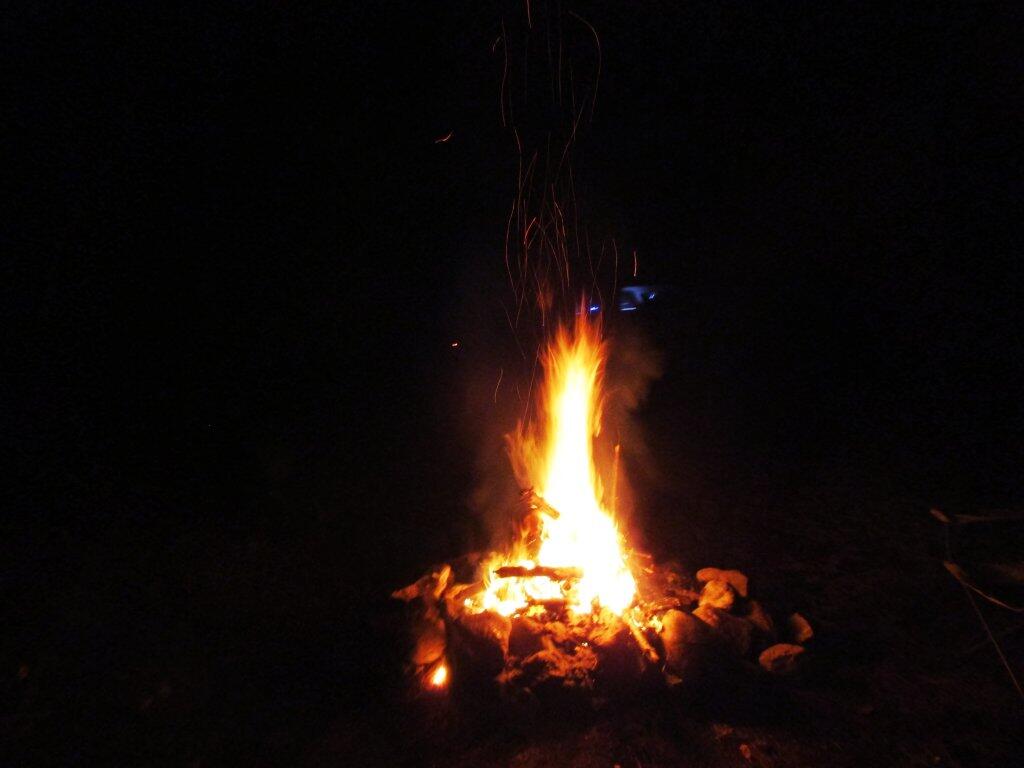Roaring Fire
Friday night, when I got up there I really wanted to have a big fire. And indeed I did, between the scrap wood pile that was at the campsite and the big bag of burnables I brought from home.
Taken on Friday April 17, 2020 at East Branch Sacandaga River.
